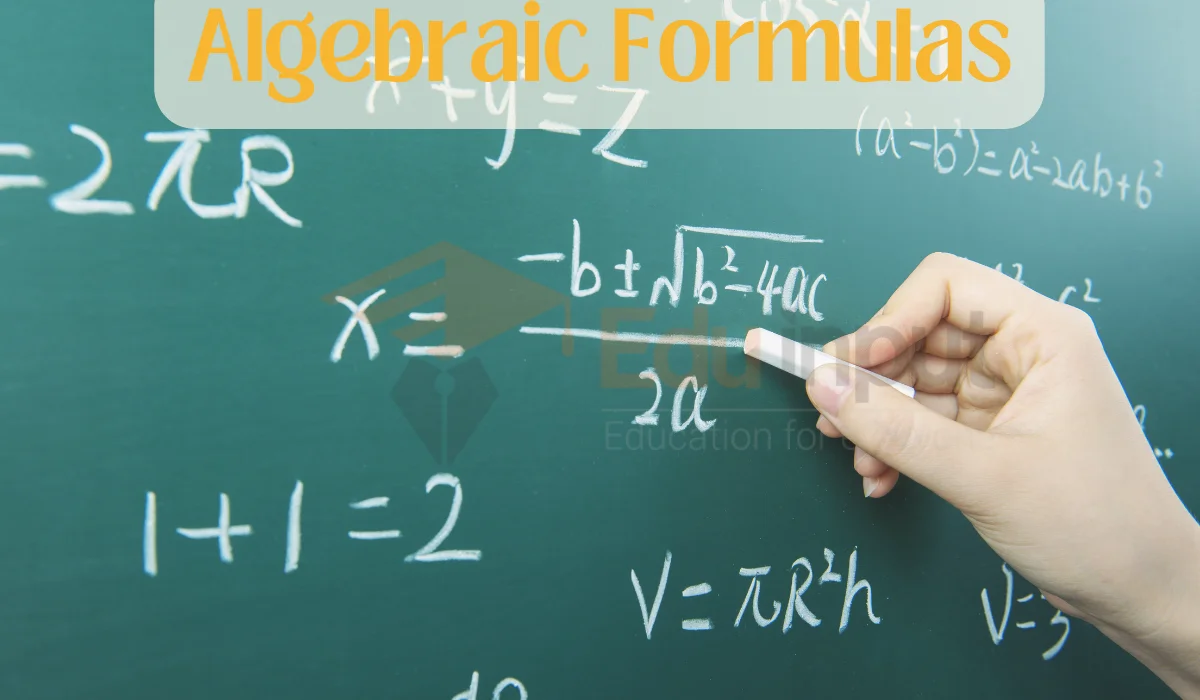Multiplication in Algebraic Expressions
In algebraic expressions, mastering multiplication is an important step towards conquering complex equations and mathematical challenges.
An algebraic expression is a mathematical phrase consisting of variables, constants, and mathematical operations. These expressions are the building blocks of algebra and serve as a means to represent relationships and solve equations.
For example, 3xy + 5, in this expression, x and y are variables, whereas 3 and 5 are constants
In this article, we will discuss multiplication in algebraic expressions.
Structure of Algebraic Expressions
An algebraic expression typically consists of the following components:
- Variables: These are placeholders represented by letters (e.g., ‘x’ or ‘y’) and take on various values.
- Constants: These are fixed numerical values. For example, ‘2’ or ‘5’, that do not change.
- Mathematical Operations: These include addition, subtraction, multiplication, and division, which are used to manipulate variables and constants within the expression.
Multiplication in Algebraic Expressions
Multiplication is a fundamental operation within algebraic expressions. It allows us to combine variables and constants in a way that reflects real-world scenarios and mathematical relationships.
Let’s explore the principles of multiplication within algebraic expressions.
Multiplication Sign
In algebraic expressions, the multiplication operation is typically represented using the asterisk (*) symbol.
For example, if we want to multiply ‘x’ and ‘y’, we write it as ‘x * y’.
Distributive Property
The distributive property is an important concept in algebraic expression multiplication. It states that the multiplication of a number by a sum or difference is the same as multiplying the number by each term individually.
Example
Consider the expression:
3 * (x + 2)
To simplify this, we apply the distributive property,
3 * x + 3 * 2 = 3x + 6.
Multiplying Monomials
Monomials are algebraic expressions with only one term. Multiplying monomials involves multiplying the coefficients and adding the exponents of the variables.
Example
If we have 3x and 2y, the product is,
( 3* 2 ) xy = 6xy
Multiplying Binomials
Binomials consist of two terms, and multiplying them involves the application of the distributive property.
Example
Consider the binomials ( x + 2) and ( 3y – 1)
To multiply them, we use the distributive property to multiply each term,
(x * 3y) + (x * -1) + (2 * 3y) + (2 * -1)
= 3xy – x + 6y – 2
Role of Exponents
Exponents play an important role in algebraic expression multiplication. When multiplying variables with the same base, we add their exponents.
Example
For x^2 and x^3
the product is,
x^(2+3) = x^5
Solved Examples of Algebraic Expressions
Example
Multiply 7m by 4n for m = 6 and n = 3.
Solution
7m × 4n for m = 6 and n = 3.
= 7 × 6 × 4 × 3
= 168
Example
Find the area of a rectangle with length 8x and width 5y for x = 2 and y = 4.
Solution
Area = length × width
For x = 2 and y = 4,
Area = 8x × 5y
= 8 × 2 × 5 × 4
= 320 square units
Example
Multiply (3b² – 2b + 7) by 5 for b = 1.
Solution
5(3b² – 2b + 7) for b = 1
= 5(3(1)² – 2(1) + 7)
= 5(3 – 2 + 7)
= 5(8)
= 40





Leave a Reply